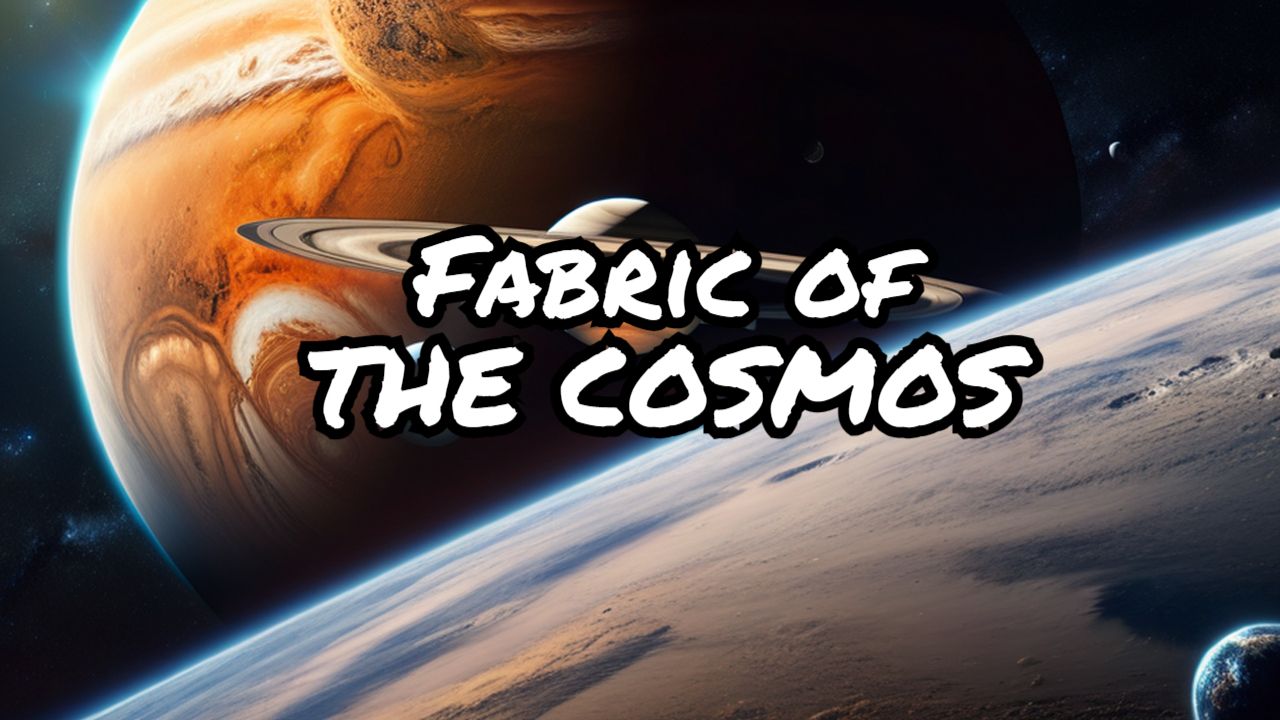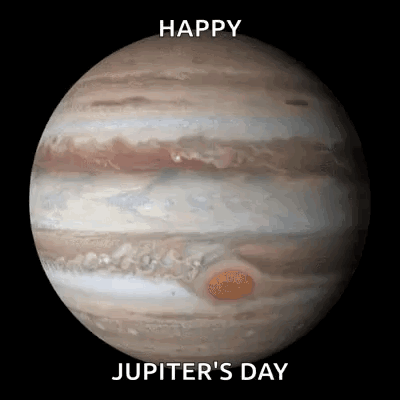
Hello. Welcome to another episode of our exciting Space Posts, where we talk about everything about space, the Observable universe, and beyond.
Today we will embark on a journey, through the fabric of our universe. Because somewhere in the vastness of the universe is a tale untold and a path unexplored. We are about to set out on an incredible journey through time and space across the universe.
We will swiftly speed through our solar system, whizzing by planets and moons along our path. We'll travel through the limitless emptiness of space, passing spectacular galaxies, sparkling nebulae, and detonating supernovas at breathtaking speeds only our ship can reach.
We will arrive at the frontier of our perception of the cosmos after pushing the boundaries of our imaginations and traveling trillions of miles in a matter of seconds.
Relax because the limitless possibilities we will discover together are going to blow your minds. Take a seat, unwind, and watch the universe come to life.

Source
This is where our trip starts— our own Solar System, our home. Our star, the Sun, and the planets that circle it are located here. Here every planet, from the chilly Neptune to the burning Mercury, resonates in harmony with other celestial bodies.
The observable cosmos contains billions of star systems. Within galaxies, are stars and all of the objects that orbit them, such as planets, dwarf planets, moons, asteroids, comets, and meteoroids.
By default, the star system with which we are most familiar is our own.
But where is its precise location in the vastness of space.
Well.
Any alien civilization, smart enough to invent a telescope could focus it on the Orion Arm of the Milky Way galaxy, our solar system can be found at approximately 26,000 light years from the galactic center.

Once every 230 million years also known as the galactic year, our Sun travels around the entire galaxy at a speed roughly 450,000 mph.
The majority of objects in our solar system orbit the Sun in a plane known as the ecliptic plane.
This plane is an imaginary line that represents the apparent path of the Sun on the celestial sphere as observed from Earth. From Mercury to Neptune, every planet in the Solar System has an orbit that is angled in some way toward this ecliptic plane.
For example, Pluto is tilted about 17 degrees from this plane, while Venus and Uranus are tilted 97.7 and 177 degrees respectively.
When observed from above Earth's North Pole, the majority of planets and many other structures in the solar system spin and revolve counterclockwise. However, some rebels; Venus and Uranus, have decided to do things their way. While Venus spins counterclockwise, Uranus on the other hand spins sideways while dancing to the beats of a clockwise pattern like a cartwheel that has gone wild.

Now let us ask the obvious question. When and how did it all start?
Well.
Our solar system was born about 4.6 billion years ago as a massive molecular cloud imploded due to its gravity. This event was followed by nuclear fusion. During this process, my friends, hydrogen atoms fused in an epic love story to make helium, isn't that incest?
Nuclear Fusion is thought to have started at the core due to extremely high pressure and density, and for the past 4.5 billion years, this process has provided heat and light to the nukes and crannies of our solar system.
Around the newborn Sun, was leftover gas and dust which settled into a whirling protoplanetary disk.
Subsequently, Particles of dust collided over millions of years to gradually form solid bodies called planetesimals.
The planetesimals eventually joined to form protoplanets, which then developed into the planets we know; Mercury, Venus, Earth, Mars, Jupiter, Saturn, Uranus, and Neptune.
We refer to the first four planets that are nearest to the Sun as the "rocky planets." Mercury, Venus, Earth (which is where we live!), and Mars.
Between Mars and Jupiter lies the "asteroid belt," which is essentially a large gathering of rocks and boulders drifting in space.
It is home to a vast number of solid, asymmetrical entities known as minor planets or asteroids. The detected objects range in size from several hundred thousand miles to one million kilometers, with the majority of them being far smaller than planets. These small objects are now known as a dwarf planet. The asteroid belt is also referred to as the main belt or the major asteroid belt to differentiate it from other asteroid populations in the Solar System.

Source
From there we get to the gas giants, a group of massive planets composed primarily of gas, are the next in line. These planets include; Neptune, Jupiter, Saturn, and Uranus.

Moving out, we find the Kuiper Belt. It extends beyond Neptune and contains Pluto, thousands of smaller frozen things such as comet nuclei, and perhaps a few dwarf planets that we haven't yet studied well.
The Oort Cloud, a spherical cloud of comets that surrounds our solar system and reaches up to 200,000 AU, is thought to be even farther out. Comets that originate in this region traverse the inner solar system erratically and could hit anything on its path with exterminating force, including our dear planet earth.
In addition to millions of comets and asteroids, our solar system is home to at least eight planets, five dwarf planets including Pluto, Ceres, Eris, Makemake, and Haumea. About 200 moons, and trillions of smaller objects like meteoroids and interplanetary dust. Isn’t it amazing how they all manage to swiftly and calmly orbit the Sun without running into one other?
Now we know when it all began, for our solar system and its composition. But what has kept the delicate balance of the system intact for all these years?
Look no further! Its Gravity. Gravity is an invisible force is that holds everything in the solar system together in a sweet symphony.
But is gravity truly a force? Or a curvature in space-time. I believe Einstein, has a better answer.
Here’s a fun fact. You know, the Sun provides us with light and warmth, Right? But did you know, the Sun will eventually run out of fuel and turn into a red giant? Surprised? The death of our solarsystem will happen in a very, very long time from now, about 5 billion years. It will get so large that it may eventually engulf some of the nearby planets!
Don't worry, though; Humans might have found a new home, Mars maybe. Oh no even that would be squashed by the dying sun. Perhaps somewhere else in the cosmos by then.
Before the International Astronomical Union reclassified the planets in 2006, Pluto was ranked as the ninth planet. But, because it was too tiny to have cleared the debris in its orbit it was reclassified and demoted.
I'm sorry, Pluto, but you are not big enough to be a planet.

Source
Shockingly, many people still think we have nine planets, and almost none of them know anything about our dwarf planets.
In contrast to many recently discovered exoplanetary systems, our solar system seems to be the only one that supports life. It is also known to have a different structure.
Instead of "hot Jupiters," which orbit close to the Sun as seen in various other starsystems in the universe, our system has big gas/ice giants farther out and little rocky planets closer in.
This is where we draw the cuttains for this episode. In the next, which should appear on the topright corner of your screen now. If it’s ready, we will talk about our next destination, the galaxies. Exciting information will be released so don’t miss it!
